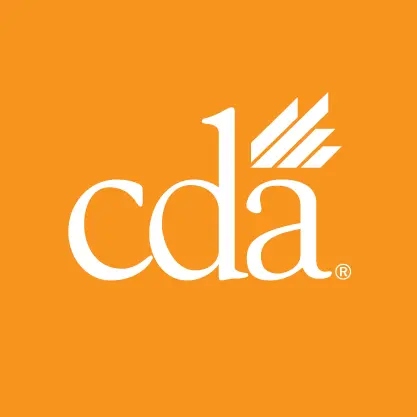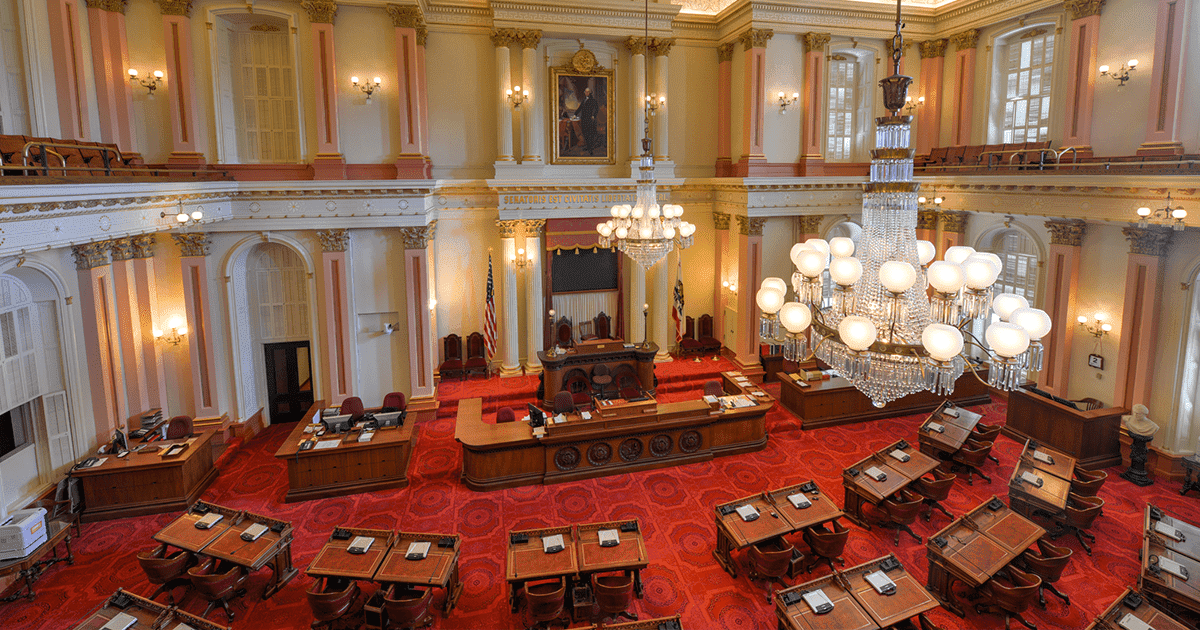Grassroots Advocacy Days at the state Capitol in Sacramento were just getting started when the World Health Organization on March 11 declared the novel coronavirus a pandemic. Soon after, the Legislature adjourned and CDA canceled several advocacy days scheduled to take place in the spring for component dental societies and dental student representatives.
Access to oral health care, a longtime key issue for CDA, was top of mind for all participants as they prepared earlier this year for their small-group, in-person discussions with legislators about expanding the use of teledentistry, ensuring continued investments in the Medi-Cal program and providing more treatment options for special-needs patients.
Now, with Gov. Newsom easing the statewide stay-at-home order and dentists beginning to return to practice, advocacy days have resumed. In the last weeks, dentists from four component dental societies met with their local legislators or legislative staff as planned ― only through Zoom, the videoconferencing platform.
And with a new COVID-era agenda.
‘The world changed immensely’
Access to care remains a top agenda item, but CDA and advocacy day participants are newly focused on Gov. Newsom’s May budget proposal ― chiefly advocating to prevent cuts to Proposition 56 funding that would devastate access to oral health care for millions of Californians.
CDA also added to the discussion lineup the need for financial relief through dental plan-provided assistance. Dentists are experiencing a double whammy due to COVID-19: reduced revenues by way of treating fewer patients to comply with distancing protocols and increased costs to comply with more stringent infection control requirements, for example.
“The world changed immensely from our February planning to our final advocacy date of May 28,” said Donna Hurowitz, DDS, member of the San Francisco Dental Society’s legislative committee.
Dr. Hurowitz, a lifetime CDA member and longtime grassroots advocate, retired last year but said she can imagine very well the trying time her colleagues are experiencing. She spoke with Sen. Scott Wiener, Asm. David Chiu and Asm. Phil Ting’s aide to stress the need for financial relief through stabilization grants or supplemental financial assistance offered by dental plans.
The Legislature could require or incentivize dental plans to provide that assistance to help keep their provider networks intact and well-functioning for patient care.
“We spent a brief time providing some examples and methods for how this could be done,” Hurowitz said. “Sen. Wiener was receptive to and familiar with the idea. He also agreed that adult Medi-Cal dental benefits should be maintained in accordance with Proposition 56.”
The governor’s May Revise of the state budget would reduce Medi-Cal Dental benefits to the partial restoration levels of 2014, and, beginning in the new fiscal year would redirect $1.2 billion in Proposition 56 funding from supplemental payments to providers into the Medi-Cal general fund. It would also eliminate funding for future CalHealthCares awards and grants for dentists and physicians who commit to serving underserved communities.
CDA has stated that redirecting Proposition 56 funding “undermines the will of the voters” who overwhelmingly approved the tobacco tax measure at the polls in 2016, and advocacy day participants discussed that concern with their legislators.
“They need to hear those words,” said Gary Glasband, DDS, legislative chair of the Harbor Dental Society. “You don’t step over that line because it’s not what people voted for and it’s against the law of the initiative. We have a very thin, fragile safety net, and if you just keep taking and taking and taking it will cause problems on the other end, like a game of whack-a-mole.”
Irene Hilton, DDS, a member of the San Francisco component and a Medi-Cal Dental provider herself, urged the legislators to support maintaining the current benefits and supplemental payments. Assembly members Chiu and Ting pledged to support protecting Proposition 56 funding.
Sonia Molina, DMD, legislative chair of the Los Angeles Dental Society, acknowledged that while it is not uncommon during economic troubles for the state to try to pull funds from different places and put them in the general fund, most of these cuts could be avoided with more financial assistance from the federal government.
“We wanted to make sure that the legislators understood the negative impact this would have on dentistry and to our patients,” said Dr. Molina, who is an endodontist in Downey.
‘Unacceptable’ that 26% of dentists might not recover from economic shutdown
Dr. Glasband also shared with Sen. Lena Gonzalez, Asm. Patrick O’Donnell and Sen. Ben Allen’s aide a personal story about the challenges of getting his Long Beach practice back up and running, and how stabilization grants from dental plans could help. Although he received a $5,000 EIDL advance on his Paycheck Protection Program loan, he said that money was gone the day he received it, after running the first payroll.
His practice’s daily patient appointment schedule is full, but not by pre-COVID standards. In alignment with state guidance, he and his staff are screening every patient for COVID-19 prior to arrival, checking temperatures on arrival and there are no more overlapping appointments or multiple patients in the waiting room.
Molina said her component participants discussed with legislators the added difficulty of returning to practice under Los Angeles County’s more restrictive shelter-in-place order, while Glasband said his component emphasized that 20-26% of dentists might not come back from the shutdown economically, as a recent ADA Health Policy Institute poll revealed.
“That’s unacceptable,” Glasband said. It really puts small-business owners in the position of asking themselves, ‘Do I go into deep debt to find I won’t make it over the hurdle at the end of this?’ Dentists need to see a way back economically.” He added that it’s the newer dentists ― the ones with loans, new marriages, young kids and the most bills ― who are particularly falling through the cracks.
Nevertheless, Glasband remains hopeful.
“The reason I think it’s going to work out is that we’re all in this together. Dentists depend on employees who depend on their employers who depend on the dental and insurance plans. And patients depend on all of us. No one can pay their bills unless everyone’s paying their bills.”
As for conducting meetings with legislators in Zoom, all of the participants were already well-accustomed with the “new” format, having held or participated in meetings dating back to at least mid-March with their dental societies or other organizations.
“There is no perfect substitute for a face-to-face meeting,” Hurowitz said. “But videoconferencing will work very well using the same parliamentary procedures and goals of any other meeting.”
Molina agreed: “Things change, and we have to go with the new normal. I’m just very glad that CDA was able to change our advocacy strategy quickly to address all of these issues we didn’t see coming.”
San Gabriel and Sacramento dental societies will have their grassroots advocacy days Friday, June 5.
CDA-supported DIY orthodontics-protection bill introduced earlier this year also moving
Assembly Bill 1998 (Low, D-Silicon Valley), which would create safeguards in the direct-to-consumer orthodontic business model to protect patients from risk, passed out of the Assembly B&P Committee last Thursday and the Assembly Appropriations on Tuesday. AB 1998 was included in the original Grassroots Advocacy Days lineup and dental student delegates from the University of California, San Francisco School of Dentistry had a chance to advocate for the bill back in February, before subsequent advocacy days were canceled.
Watch for updates on the state budget and AB 1998 in the cda.org newsroom. CDA will widely communicate to members any new financial assistance that becomes available to dentists.

